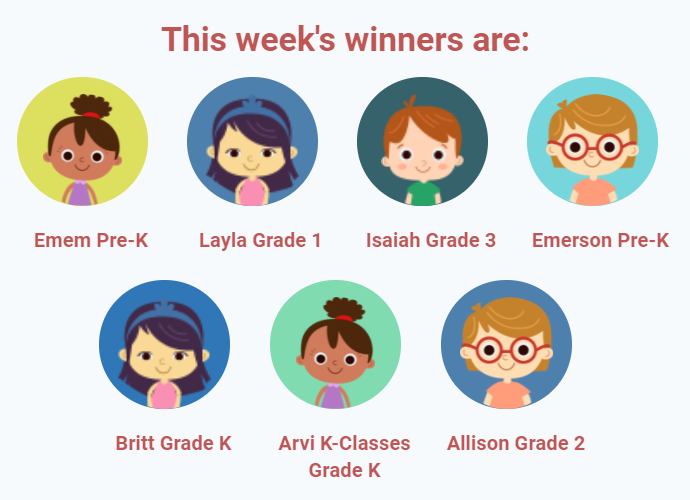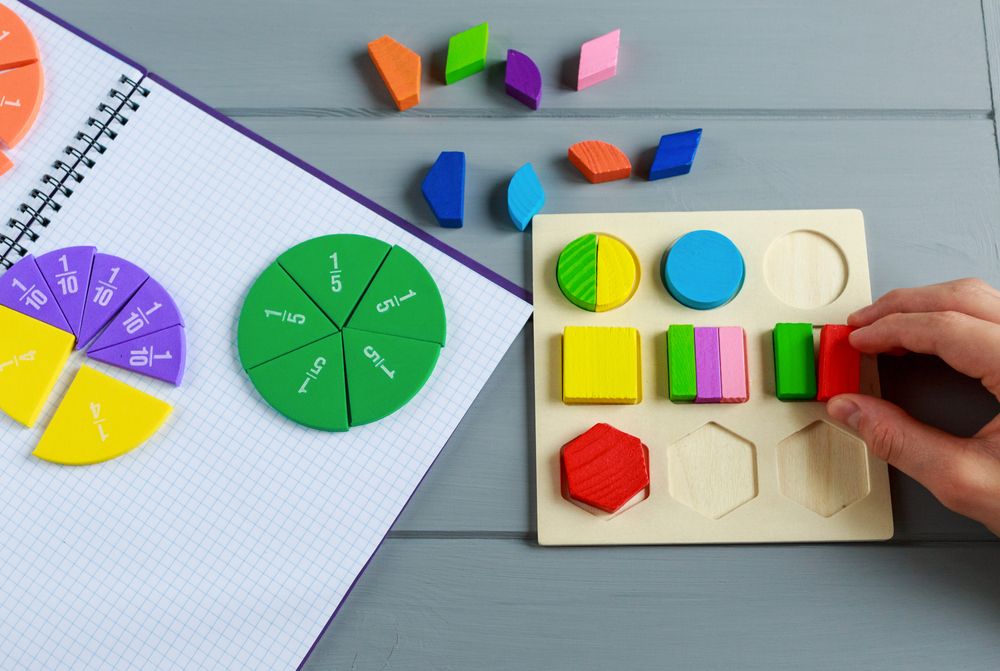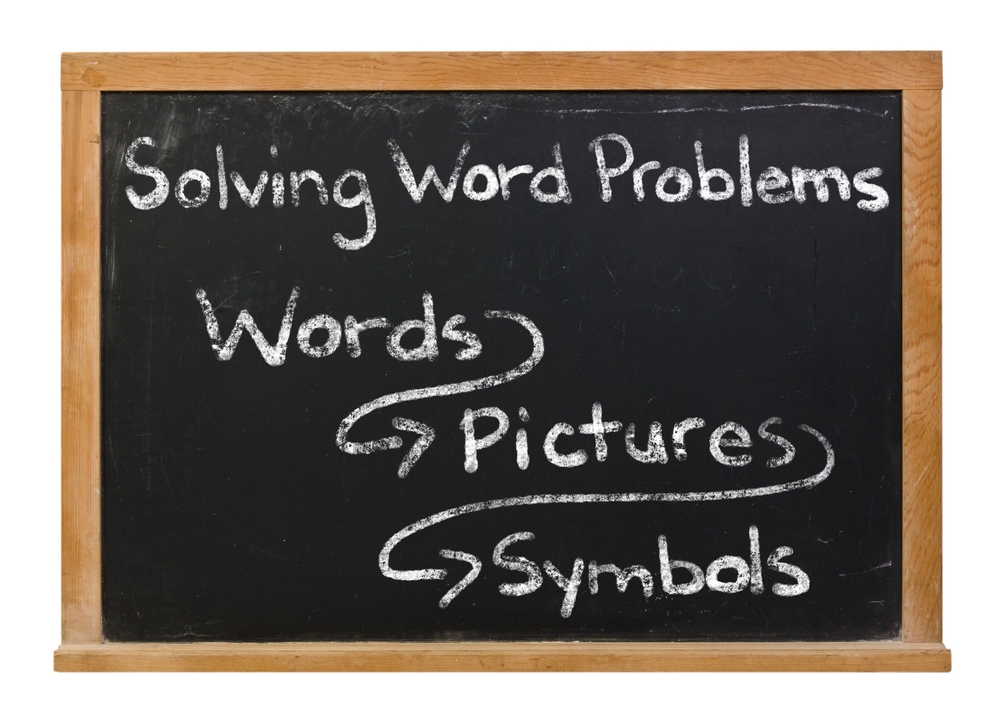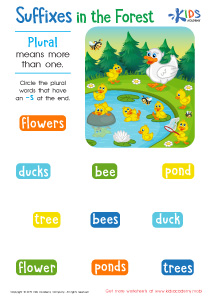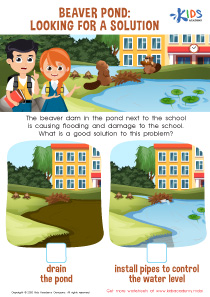Easy Tracing Lines and Curves worksheets activities
1 filtered results
-
From - To
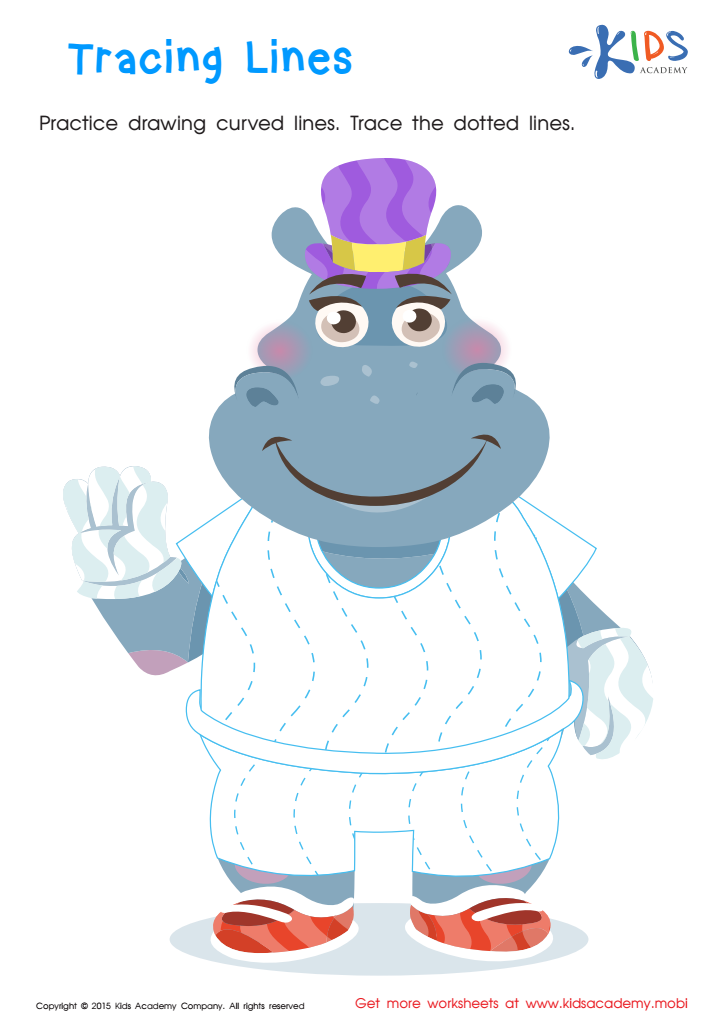

Tracing Lines Worksheet
Easy Tracing Lines and Curves worksheets activities are an essential part of early childhood education, offering a vast array of benefits that support the development of young learners. These activities, designed with simplicity and engagement in mind, lay the foundation for a variety of important skills that are crucial in the initial stages of learning and beyond.
First and foremost, Easy Tracing Lines and Curves worksheets activities are instrumental in enhancing fine motor skills. The act of tracing requires children to use their fingers and hands in precise ways, thus strengthening the muscles necessary for writing. As children follow the lines and curves on the worksheets, they learn to control their hand movements, which is a fundamental skill for handwriting. Through consistent practice, these activities gradually prepare children for more complex tasks, such as writing letters and numbers.
Furthermore, engaging in Easy Tracing Lines and Curves worksheets activities aids in the development of hand-eye coordination. As children concentrate on following the patterns with their writing instruments, they must constantly adjust their movements based on visual feedback. This synchronization of vision and motor control is vital not only for academic tasks but also for everyday activities.
Another significant benefit of these worksheets is the enhancement of cognitive skills. Tracing activities require children to understand and follow directions, recognize patterns, and solve problems. For instance, deciding how to navigate a curve or intersecting lines fosters critical thinking and decision-making abilities. Additionally, these activities often introduce basic concepts of geometry, such as lines, angles, and shapes, laying the groundwork for future mathematical learning.
Lastly, Easy Tracing Lines and Curves worksheets activities are highly beneficial for improving focus and concentration. Completing these tasks requires sustained attention, as children must remain engaged to successfully trace the designs. This practice in focusing on a single task for an extended period is invaluable in an age of constant distractions.
In conclusion, Easy Tracing Lines and Curves worksheets activities are not just simple exercises; they are powerful tools that support the holistic development of young learners. By incorporating these activities into early education, parents and educators can significantly contribute to the cultivation of fine motor skills, hand-eye coordination, cognitive abilities, and concentration in children, setting them on the path to academic success and lifelong learning.

 Assign to the classroom
Assign to the classroom
